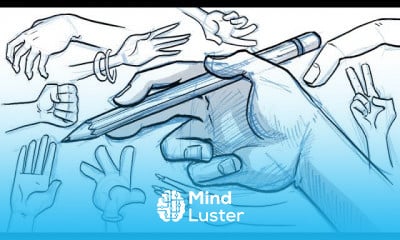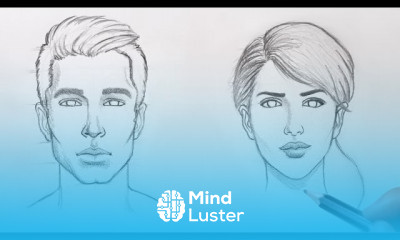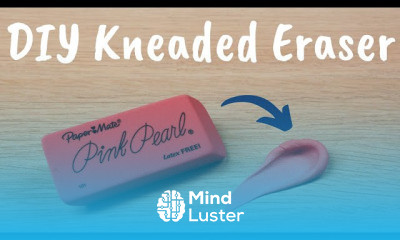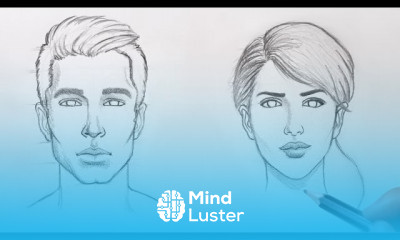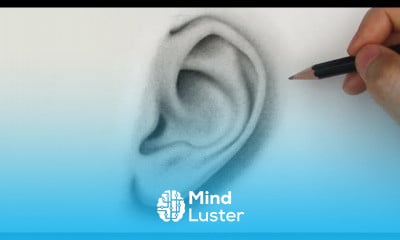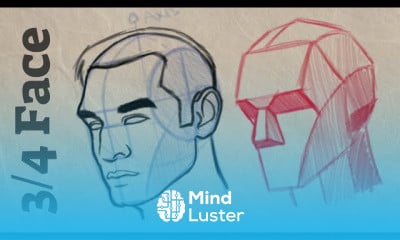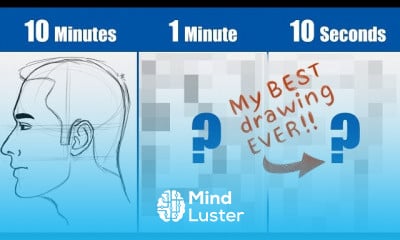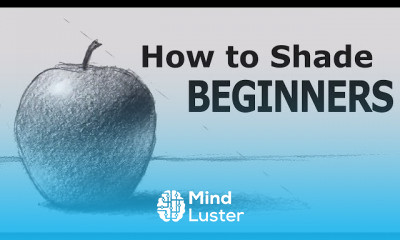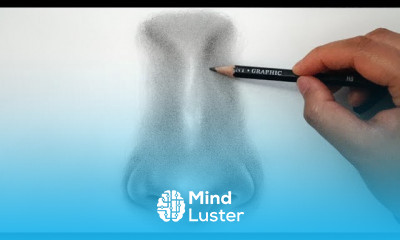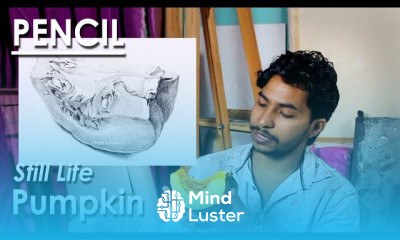Legolas Speed Drawing Orlando Bloom The Hobbit
Share your inquiries now with community members
Click Here
Sign up Now
Lessons List | 8
Lesson
Comments
Related Courses in Drawing
Course Description
Artists that have drawn for many years often amaze people by how quickly they can get an image on the drawing surface. Often, what’s equally amazing is the accuracy that accompanies the speed. Unfortunately, when people see this skill, they assume that it is the result of talent, instead of developed skill.
Frankly, anyone can draw quickly, but drawing speed without accuracy really misses the whole point. So, we need to draw quickly, but also draw with accuracy.
The truth is that knowing a few “secrets” will help to improve your drawing skill and ironically, improve your accuracy as well. These concepts will require practice, but if you keep them in mind while you draw, you will see noticeable improvement in your speed.
Tip #1 - Look For and Draw Basic Shapes
Many people first approach drawing by drawing contour lines, or the outlines of the object. In fact, this approach to drawing seems almost instinctual. We’ve been drawing with line ever since we first held a pencil in our hands. This approach, while worthwhile and important, is slow and tedious. Every subtle change in the direction of line has to be recorded with accuracy. This makes the drawing process painfully slow. If we think of objects in terms of shapes, the drawing process is made simpler, leading to quicker and more accurate drawings.
Every object can be broken down visually into simple shapes. By piecing these simple shapes together, even complex objects can be constructed rather quickly. Take for example this spay bottle. (I know - an exciting subject right?) While the bottle is not overly complex, it does feature a few shapes that may pose a challenge. We’ll simply break the bottle down into easy segments (or shapes).
Draw with shapes
The tricky part is learning how to see the simple shapes in complex objects. Noticing shapes in complex objects can be learned through practice. This is the focus of the website, sketchbooknation.com.
Tip #2 - Make Comparisons within the Picture Plane
Another technique for improving your drawing speed is to make comparisons and evaluations of spacial relationships that exist within the picture plane. It’s easy to make these comparisons if you are working from a photo reference that is already cropped to match the composition of your drawing. If you are working from life, it’s much harder to see these relationships. Using a viewfinder helps to make the necessary comparisons, but without one it’s nearly impossible.
Notice Spatial Relationships
This technique is mostly helpful for the initial layout of your composition. The trick is to notice the negative spaces between the positive spaces and try to match them to the reference. If you can get the information correct, then laying out your composition with your initial marks can be accomplished quickly and accurately.
Draw spatial relationships
Tip #3 - Draw with Your Whole Arm
Another technique for increasing drawing speed deals with the physical manner in which marks are made on the surface. It is a natural tendency to draw as we write. We have learned how to hold a pencil to write, so it’s a natural urge to draw as we write.
When we write, we use mostly our wrists and fingers. Working with this muscle group gives us the control to make clear marks that are necessary for writing letters. The good news is that for drawing, we can be loose and less defined with our marks.
Trends
Graphic design tools for beginners
Microsoft Excel
Artificial intelligence essentials
Bioinformatics basics
Cyber Security for Beginners | Edureka
Computer science careers
Build a profitable trading
Essential english phrasal verbs
Learning English Speaking
Making money with apps
Human Resources Management
Python for beginners
YouTube channel setup
Build a tic tac Toe app in Xcode
Microsoft Word
Excel skills for math and science
Marketing basics for beginners
Python programming language
Ubuntu linux
Chemistry
Recent
Bioinformatics basics
Bioinformatics databases
Vitamin A to Z tablets
Best zoology books
Best cream for piles pain
Laser surgery for piles
Best cream for piles
Anal fissure treatment
Best antibiotics for diseases
Antibodies structure
Macrophage structure
Drosophila genetics
Diagnostic tests
Bioinformatics
Genetics
Gene therapy
Kidney structure
DNA replication and types
Bacterial cell structure
Parasite structure



